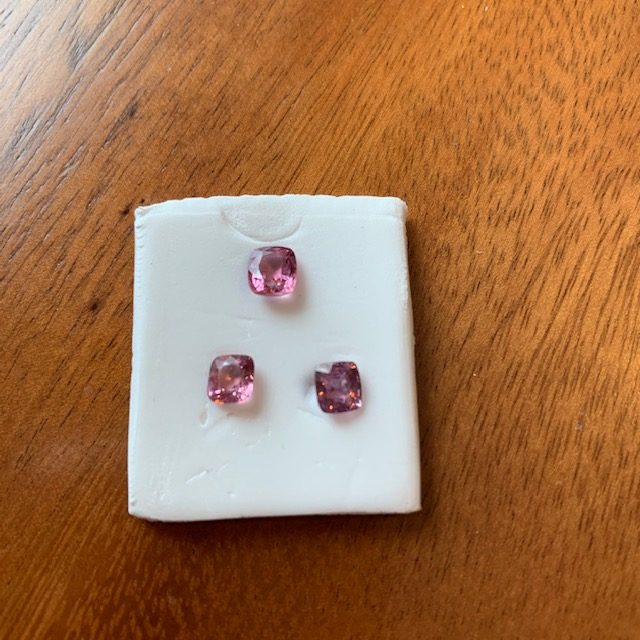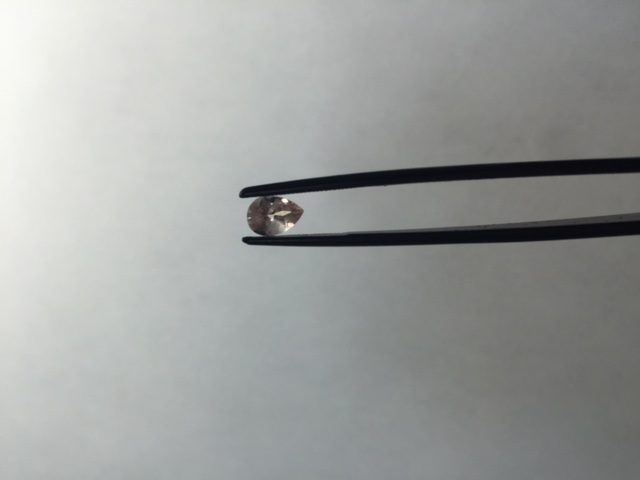Aquamarine is a lovely, cool blue colored variety of beryl. It belongs to the same family of gems as Emerald and Morganite. Gem-quality aquamarine is found in pegmatites, where they are often of large size and impressive purity. Large Aquamarines are frequently found completely eye-clean, with no inclusions. Aquamarine get its name from the Latin words for water and sea.
Aquamarine’s color range can be blue, very slightly greenish blue, or green-blue. Aquamarine in its most valuable color is a moderately strong, medium-dark blue to slightly greenish blue, but this color is usually only found in larger pieces of 5 carats or more. Aquamarine’s depth of color is dependent on how much iron is contained in the crystal’s structure. Aquamarine is mined in Brazil and is also found in various African countries and Pakistan. China has recently emerged as a large producer of commercial-quality Aquamarine.
Aquamarine is frequently heat-treated to bring out the vibrant blue color and remove any traces of yellow. Heat-treatment is permanent. While these stones are attractive, they are not as valuable as those that are not heat treated. Heat treatmentWhen shopping for Aquamarine jewelry, be sure to inquire as to whether the stone has been heat treated. If it has been heat treated, it should be priced lower than an Aquamarine that has not.
Aquamarine and blue topaz sometimes compete in the market, with fine aquamarine selling for higher prices than blue topaz. Aquamarine is found in nearly all jewelry stores in many varieties of jewelry, in plenty of affordable styles. Since Aquamarine is at 7.5 to 8 on the Mohs scale, it is durable enough to wear everyday, even in rings. It can be easily cleaned in mild soap and water.
Aquamarine is the birthstone for March and the traditional gift for a 19th wedding anniversary! How many of you March babies love Aquamarine as much as I do?









